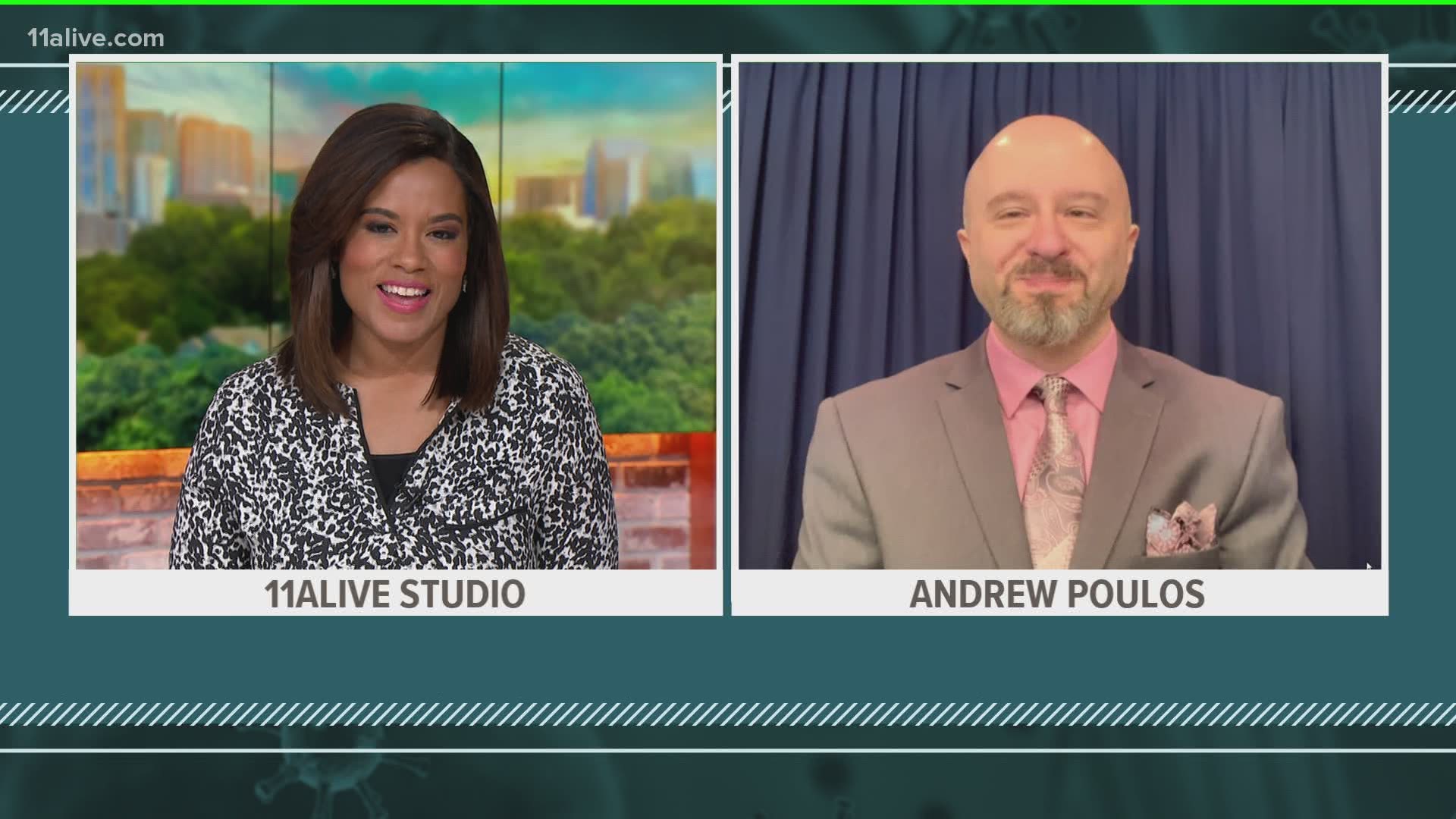WASHINGTON — The U.S. Small Business Association (SBA) has been supporting entrepreneurs and small business owners with Paycheck Protection Program loans during the coronavirus pandemic.
The loans are designed to provide a direct incentive for small businesses to keep their workers on the payroll. The SBA said it will forgive all of the loans if all employees are kept on the payroll for eight weeks and the money is used for payroll, rent, mortgage interest, or utilities.
Administrator Jovita Carranza and Secretary Steven T. Mnuchin on Sunday said that since the launch of the loan program, 3.8 million loans have been made to small businesses for more than half a trillion dollars of economic support in less than one month.
"SBA systems are processing loans so lenders can disburse funds quickly. We encourage all eligible lenders to participate and all eligible borrowers that need this assistance to work with an approved lender to apply," the pair said in a joint statement. "We are fully committed to ensuring that American workers and small businesses continue to get the resources they need to get through this challenging time."
The SBA started accepting the second round of applications for the loans on April 27, 2020.
So, what is the forgiveness guidance?
The SBA says that the loans will be fully forgiven if the funds are used for payroll costs, interest on mortgages, rent, and utilities (due to likely high subscription, at least 75% of the forgiven amount must have been used for payroll). Loan payments will also be deferred for six months. No collateral or personal guarantees are required. Neither the government nor lenders will charge small businesses any fees.
The forgiveness of these loans is based on the employer maintaining or quickly rehiring employees and maintaining salary levels. Forgiveness will be reduced if full-time headcount declines, or if salaries and wages decrease.
If they are not forgiven, the loans have a maturity of 2 years and an interest rate of 1%.
Who can apply?
The following businesses impacted by Coronavirus (COVID-19) may be eligible:
- Any small business concern that meets SBA’s size standards (either the industry based sized standard or the alternative size standard)
- Any business, 501(c)(3) non-profit organization, 501(c)(19) veterans organization, or Tribal business concern (sec. 31(b)(2)(C) of the Small Business Act) with the greater of 500 employees or a business that meets the SBA industry size standard if more than 500
- Any business with a NAICS Code that begins with 72 (Accommodations and Food Services) that has more than one physical location and employs less than 500 per location
- Sole proprietors, independent contractors, and self-employed persons
The SBA said on Wednesday, May 6, 2020, that the agency is still accepting applications.
The SBA also started accepting new Economic Injury Disaster Loan (EIDL) and EIDL Advance applications on a limited basis only to provide relief to U.S. agricultural businesses. To learn more about eligibility and apply, click here.
How are the loans calculated?
Click here to view the breakdown of how the SBA calculates loan amounts by business type.
FAQ about the Paycheck Protection Loans
The SBA released a list of Frequently Asked Questions about the loans and additional guidance to address borrower and lender questions.
View the full breakdown of questions and answers below:
Received the loan, but don't want the loan?
CNBC reported that businesses that received a loan from the Paycheck Protection Program have until May 14 to pay it back.

